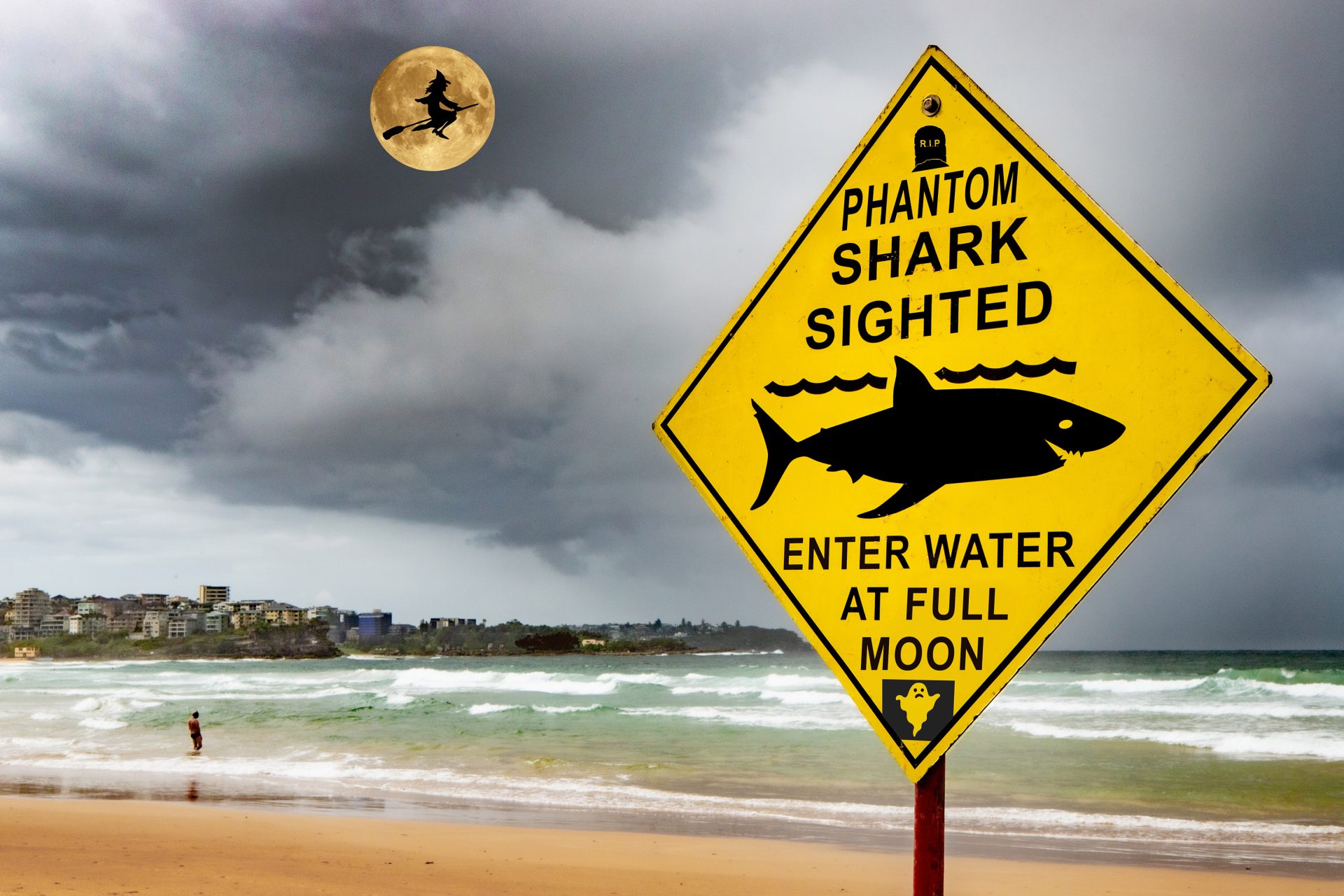Sharks are spending longer than ever off the coast of some popular Australian beaches, increasing the risk of interactions between the apex predators and humans.
Research has found bull sharks are spending 15 more days off Sydney’s coast during summer than they did 15 years ago, due to warmer water temperatures caused by climate change.
The migratory sharks typically spend their winters in Queensland, chasing warming water before heading back to Sydney for some summer sun.
But James Cook University experts have warned the rising water temperatures in NSW have increased the potential for human-shark encounters.

With seas continuing to warm, the sharks could have a presence in southern parts of NSW on a year-long basis in the future, researcher Nicolas Lubitz said.
“If this trend persists, which it likely will, it just means these animals are going to spend more and more time towards their seasonal distributional limit … it could be that a few decades from now, maybe bull sharks are present year-round in waters off Sydney,” he said.
“While the chances of a shark bite, and shark bites in Australia in general, remain low, it just means people have to be more aware of an increased window of bull shark presence.”
Dr Lubitz added great white shark summer habitats were likely decreasing in northern NSW and Queensland because they prefer cold water.

Little is known about interaction and competition between white and bull sharks, he said.
“We are just speculating that overlap will be logically higher but how that plays out in terms of competition is really not well understood and hard to quantify,” he said.
“It is definitely a key next step for research efforts to look at the actual implications of these changes in residency and movement.”
Last month, a 16-year-old surfer survived a bull shark at northern NSW’s Cabarita Beach.
The teen was dragged from the water by fellow surfers after his arm was bitten before undergoing surgery.

NSW installs shark nets at 51 beaches each summer in an effort to protect swimmers and surfers.
But there has been growing community concern about their efficacy, leading more councils (including Northern Beaches Council) to press the state government to switch to non-lethal techniques.
NSW removed its shark nets a month earlier than in previous years last summer.

Editor’s note on shark net change:
The nets were removed end of March instead of end of April this year.
Removing shark nets one month earlier is due to the increase in turtle activity in April each year.
More than 90 per cent of marine animals caught in shark nets across New South Wales during the on season are “non-target” species such as whales, turtles and dolphins.
In the most recent data we saw for the Northern Beaches that included about 40 whales, dolphins, turtles and rays, almost half of which died. We understand no target sharks were caught during that period. (We also understand they are caught in them having seen one removed in a different year.)
 The shark mesh nets do not act as a complete barrier to sharks reaching beaches as they are not permanently set in the water, do not cover the whole length of the beach, and do not extend from the water surface to the seabed. In fact, approximately 40% of shark entanglements occur on the beach side of the nets, because sharks are able to swim over and around the nets.
The shark mesh nets do not act as a complete barrier to sharks reaching beaches as they are not permanently set in the water, do not cover the whole length of the beach, and do not extend from the water surface to the seabed. In fact, approximately 40% of shark entanglements occur on the beach side of the nets, because sharks are able to swim over and around the nets.
While the government has not yet made any commitment to removing the nets, some efforts are being made to reduce the number of entangled marine creatures killed on the nets. This includes the date change, increasing the frequency of net inspections by the net contractors during February and March from every third day to every second day and using SLS NSW drones to inspect the nets during March on the days the net Contractors aren’t inspecting, effectively providing daily net inspections, and the trial of lights on nets to deter turtles and prevent their entanglement (February-March 2025).
Previous articles on the issue:






